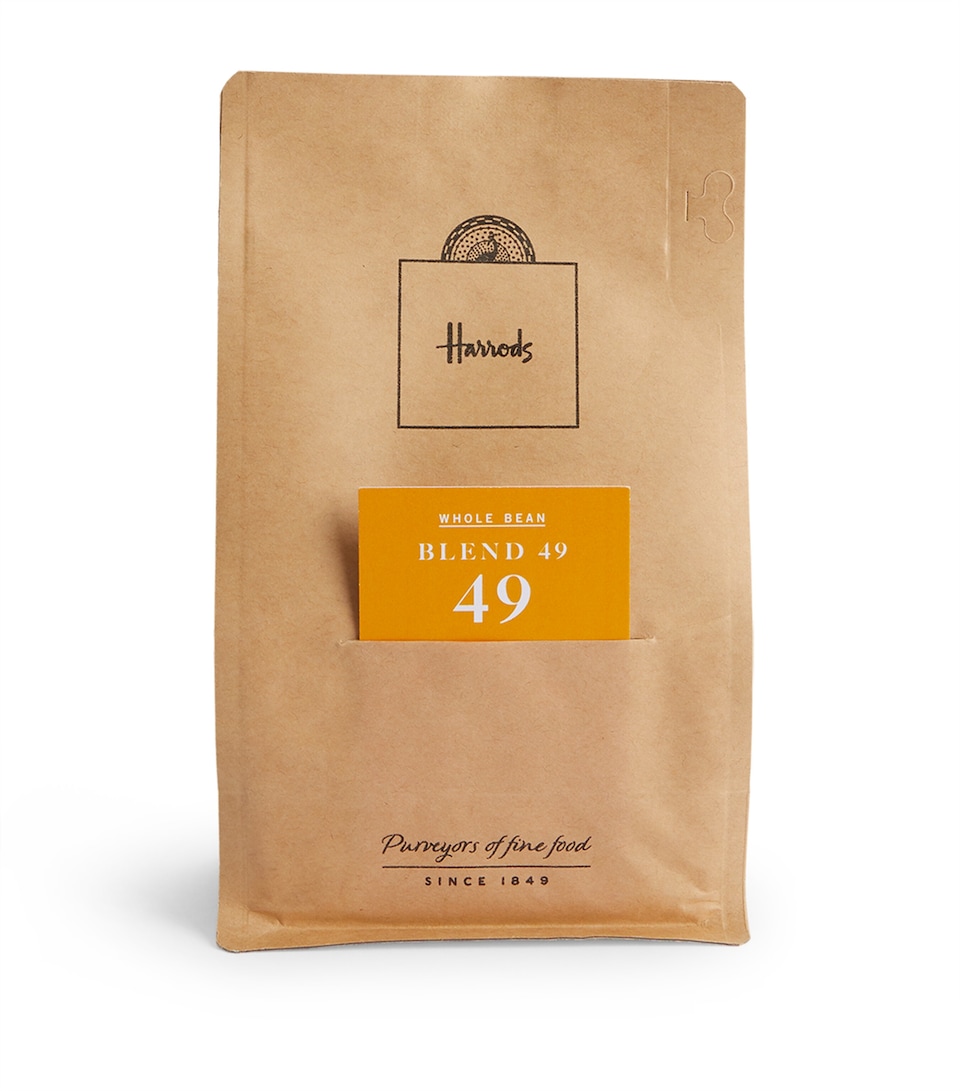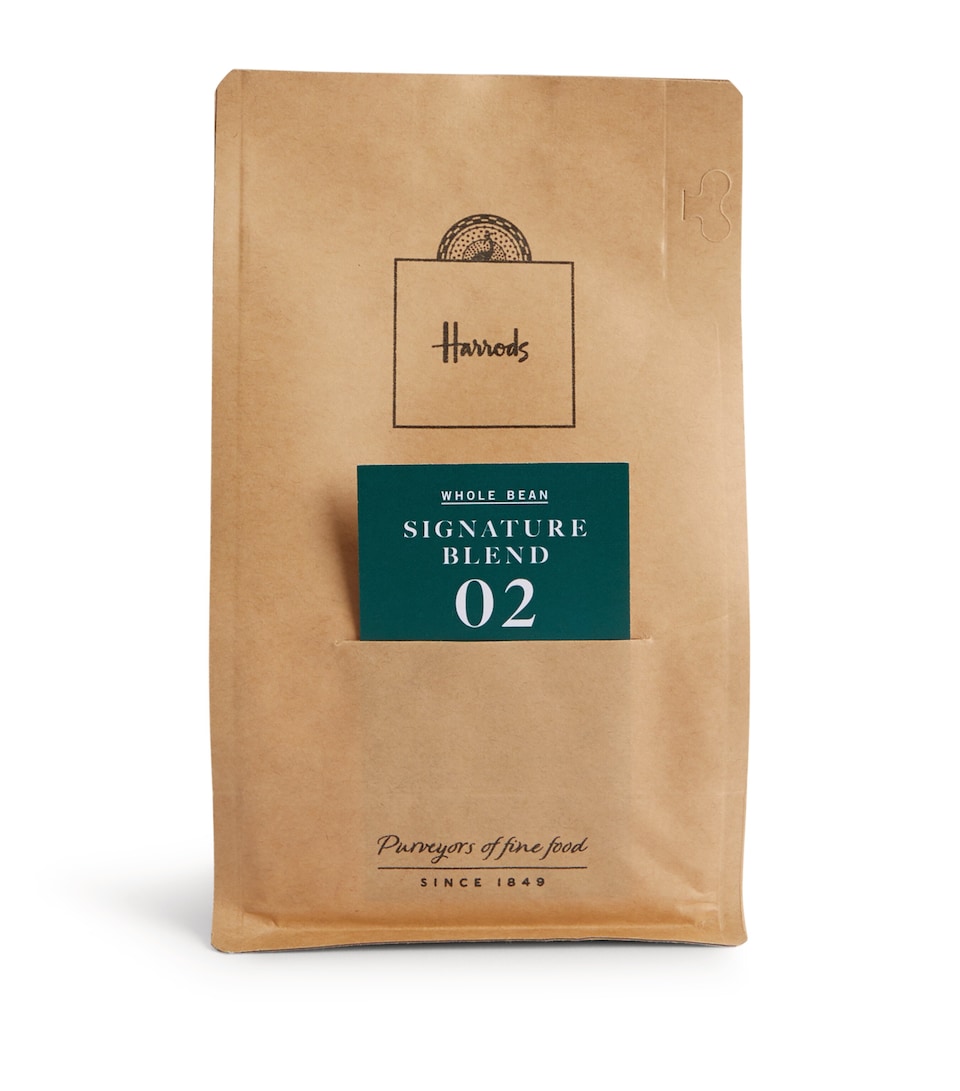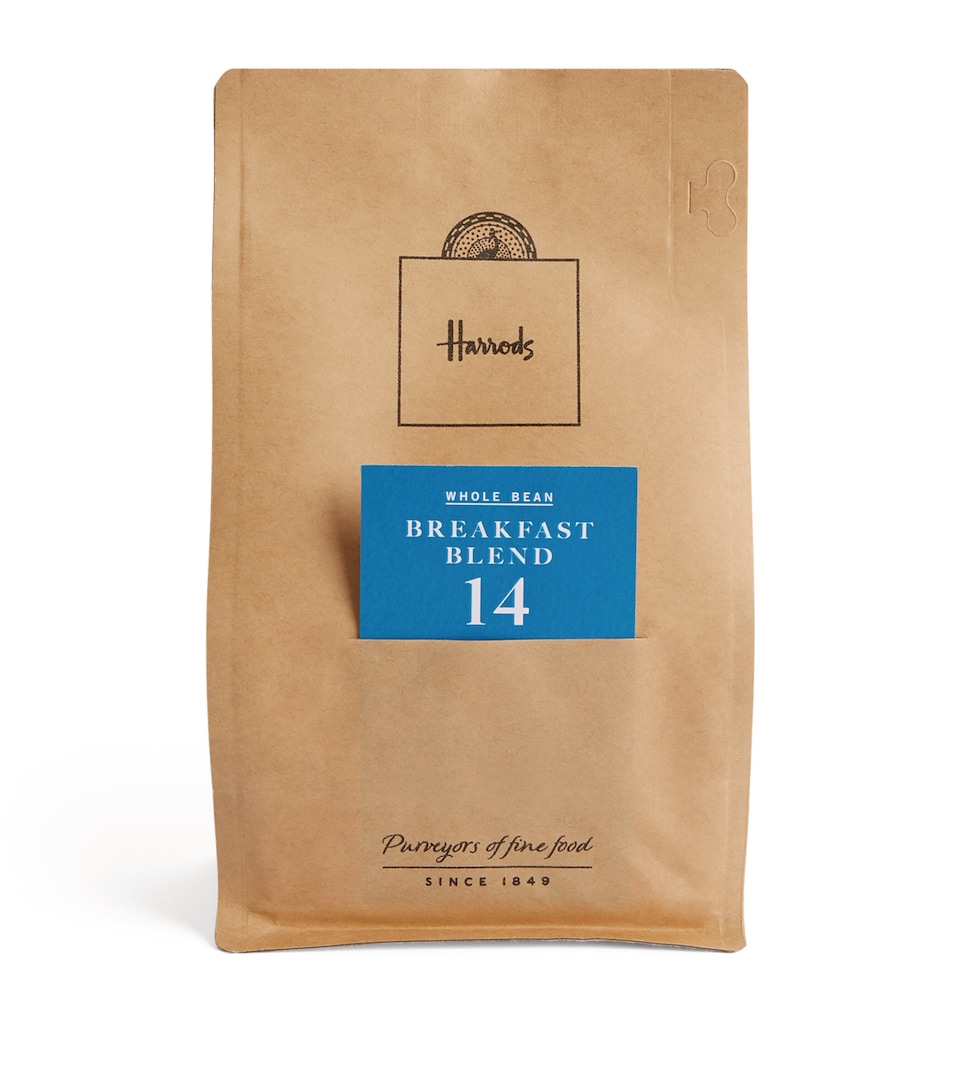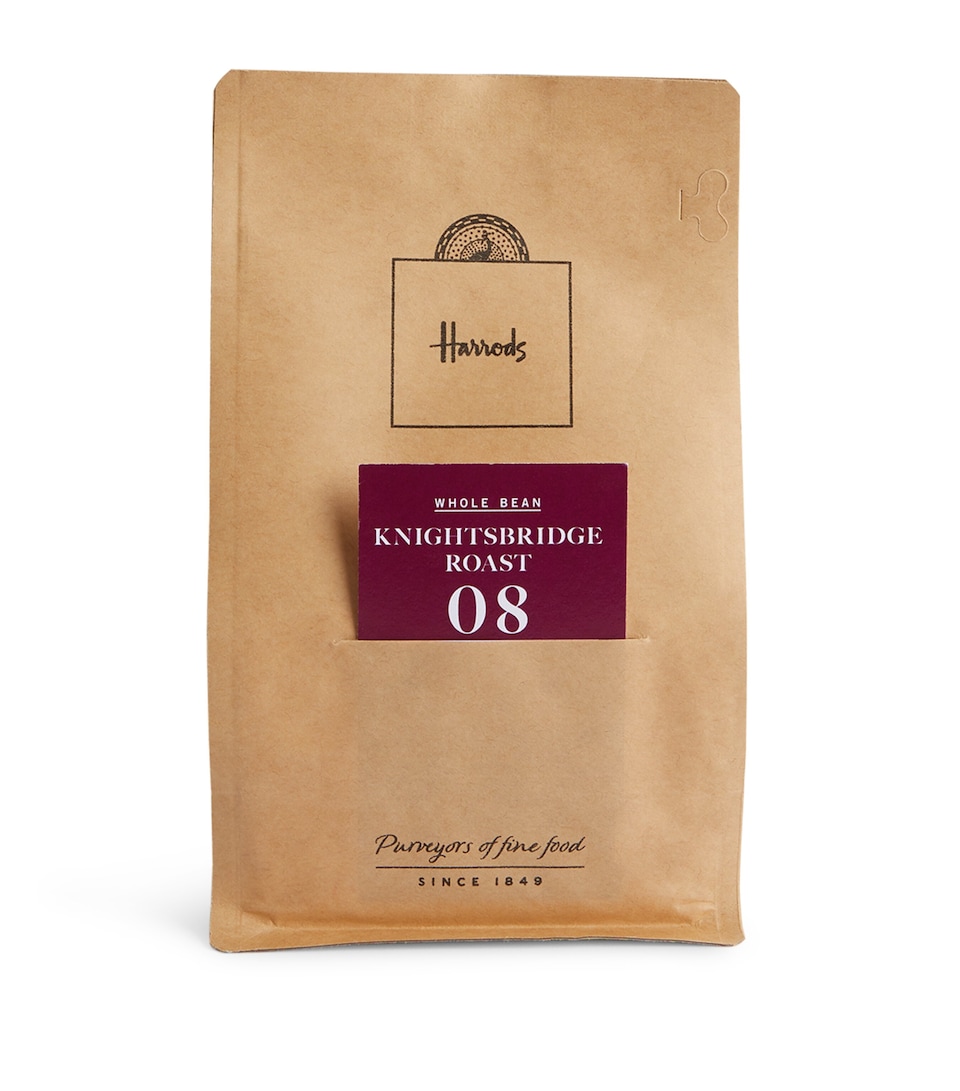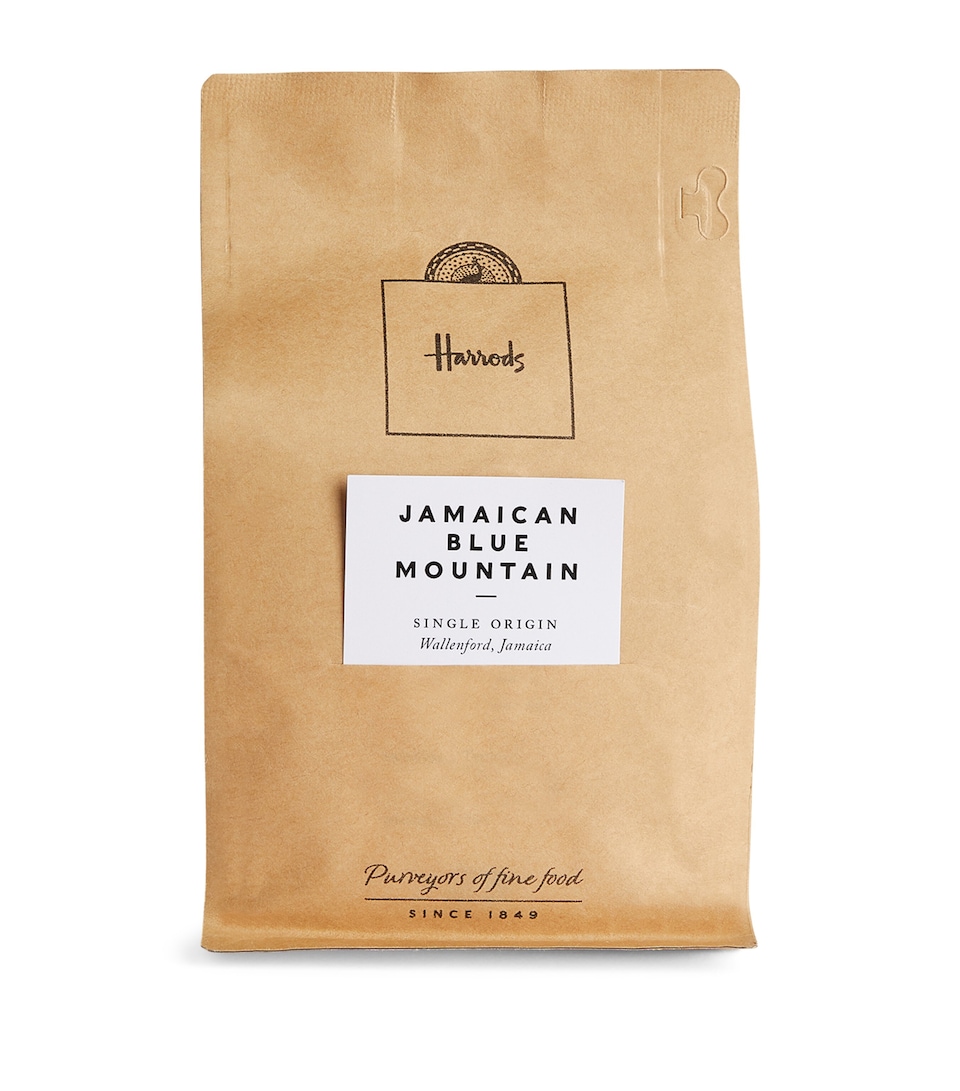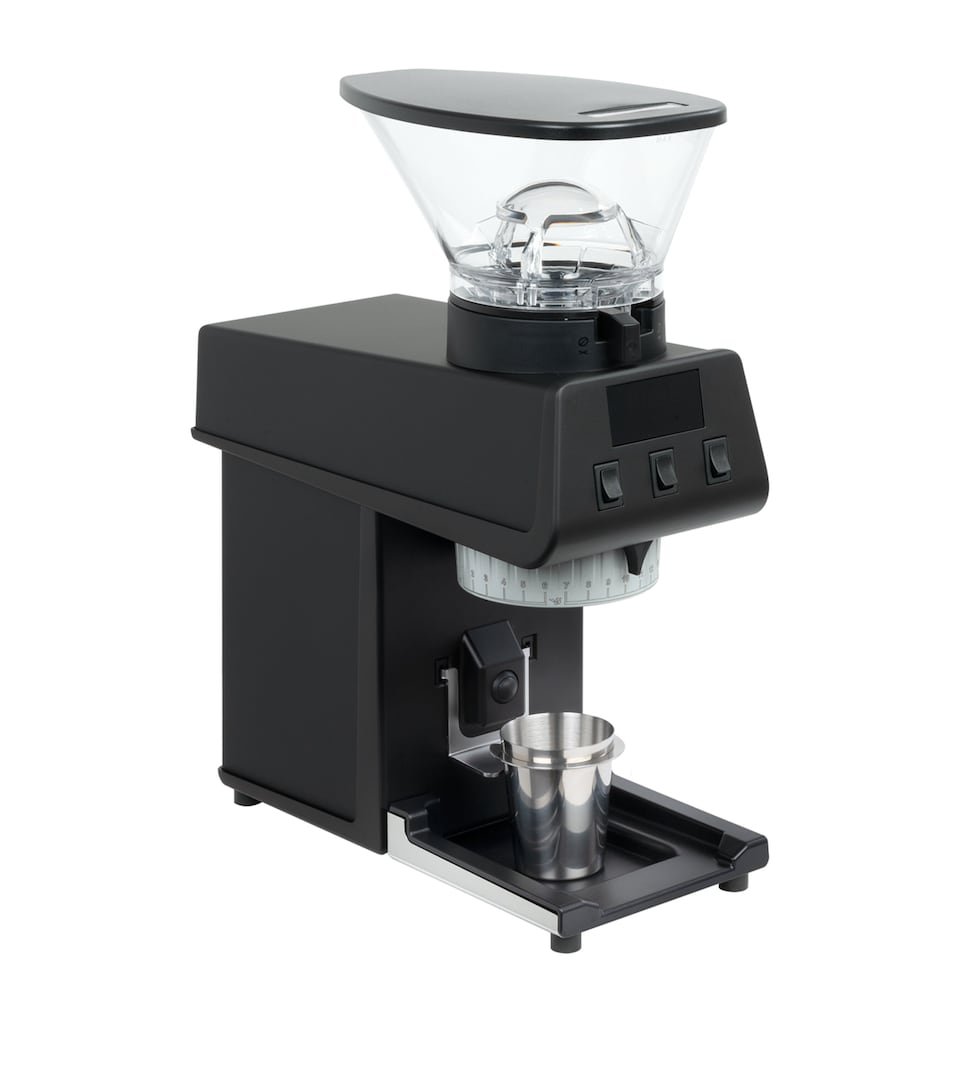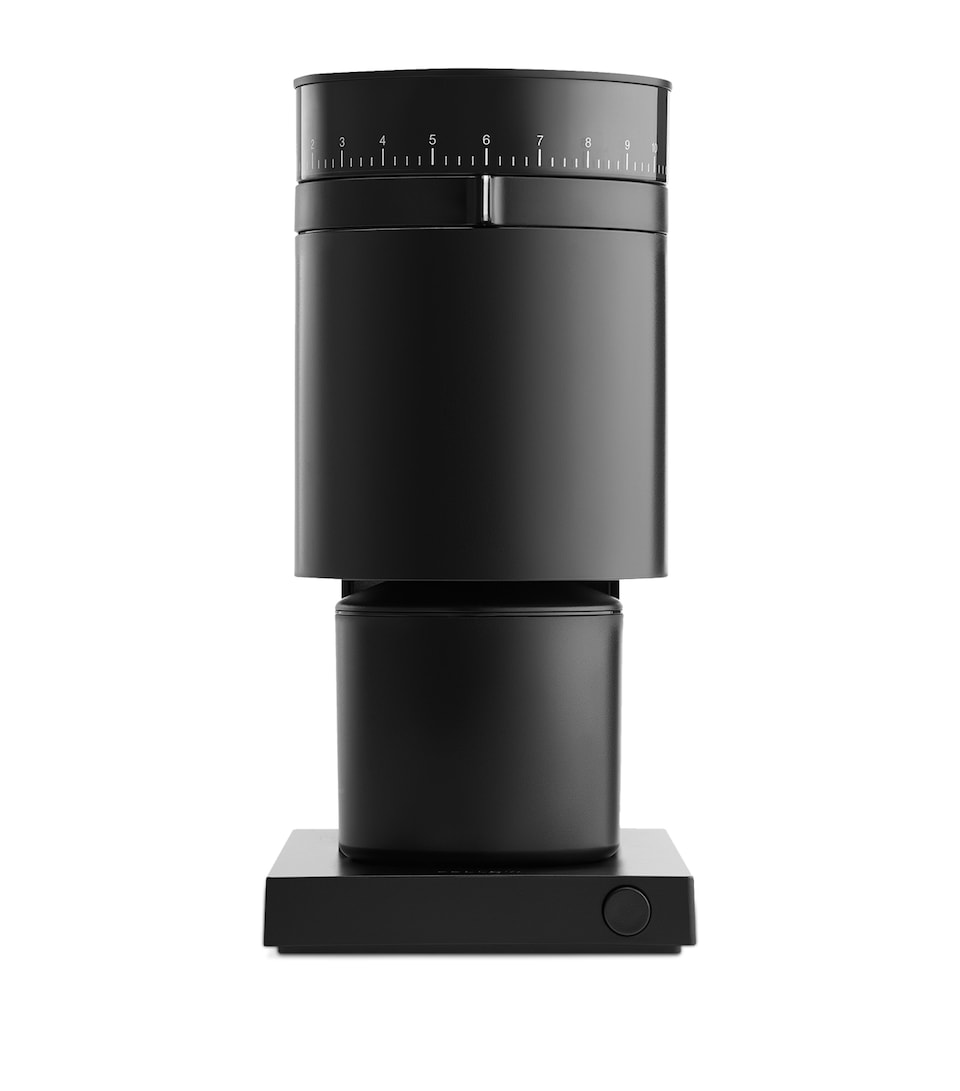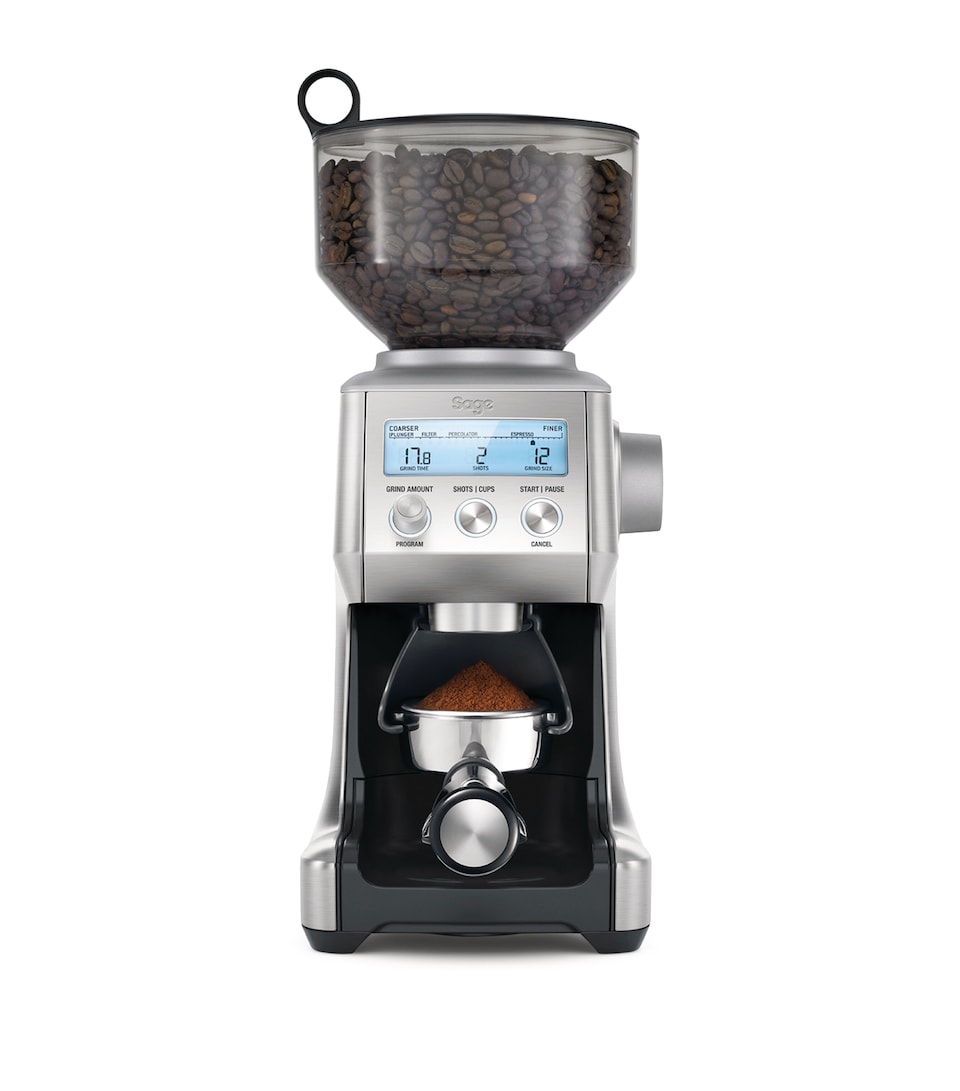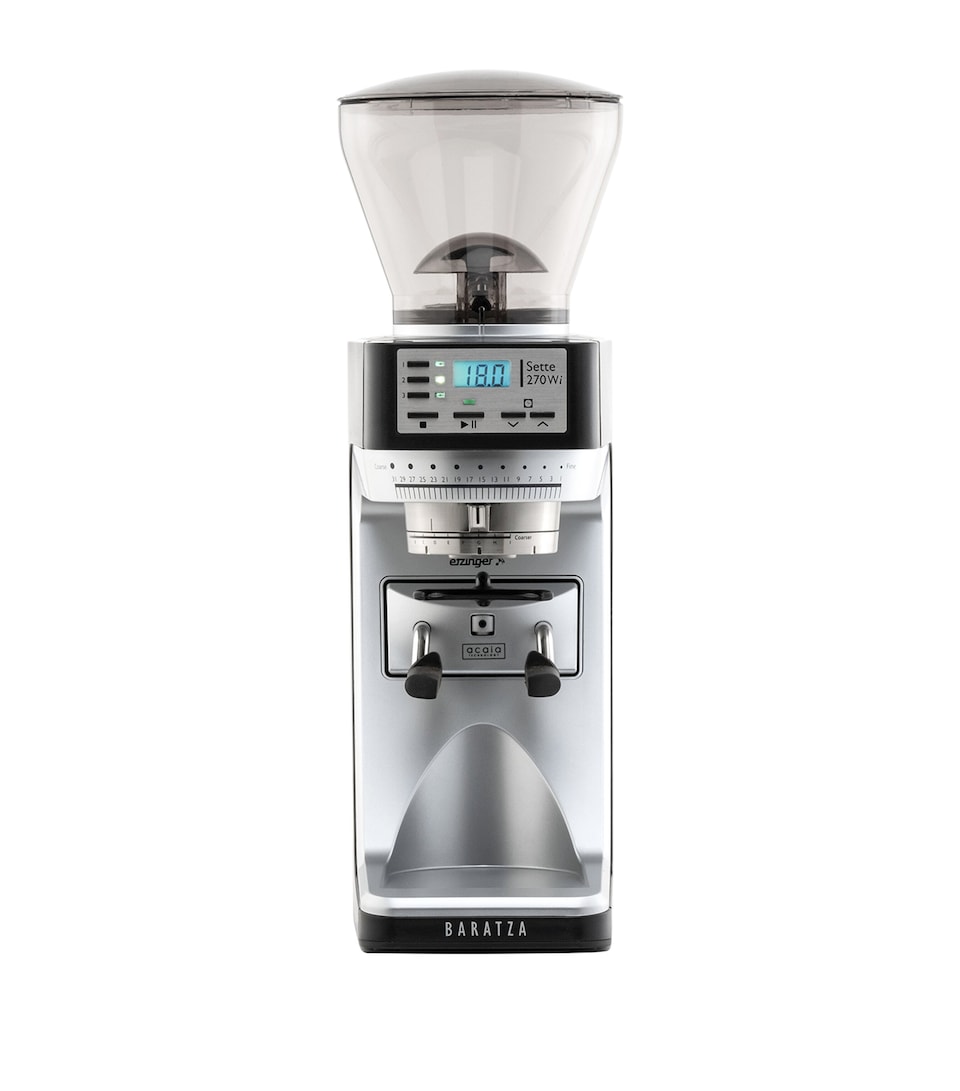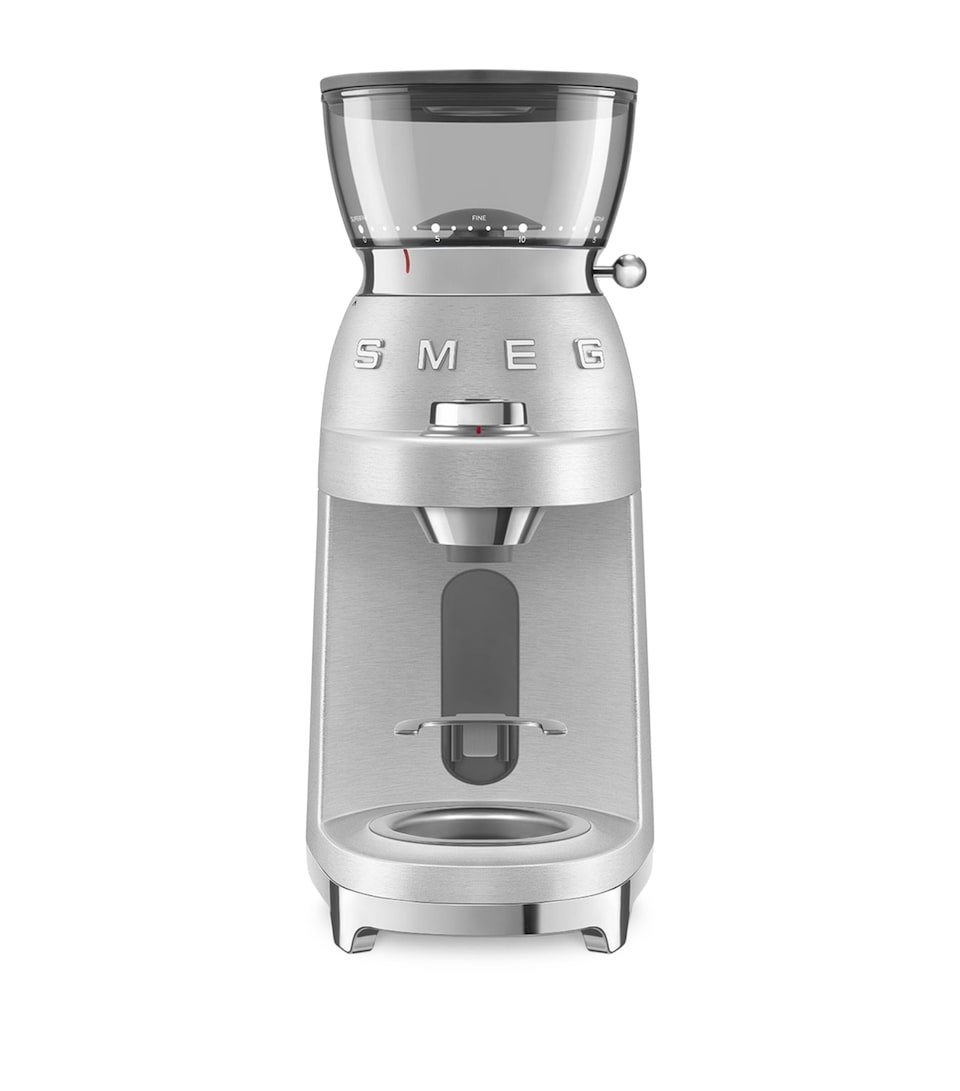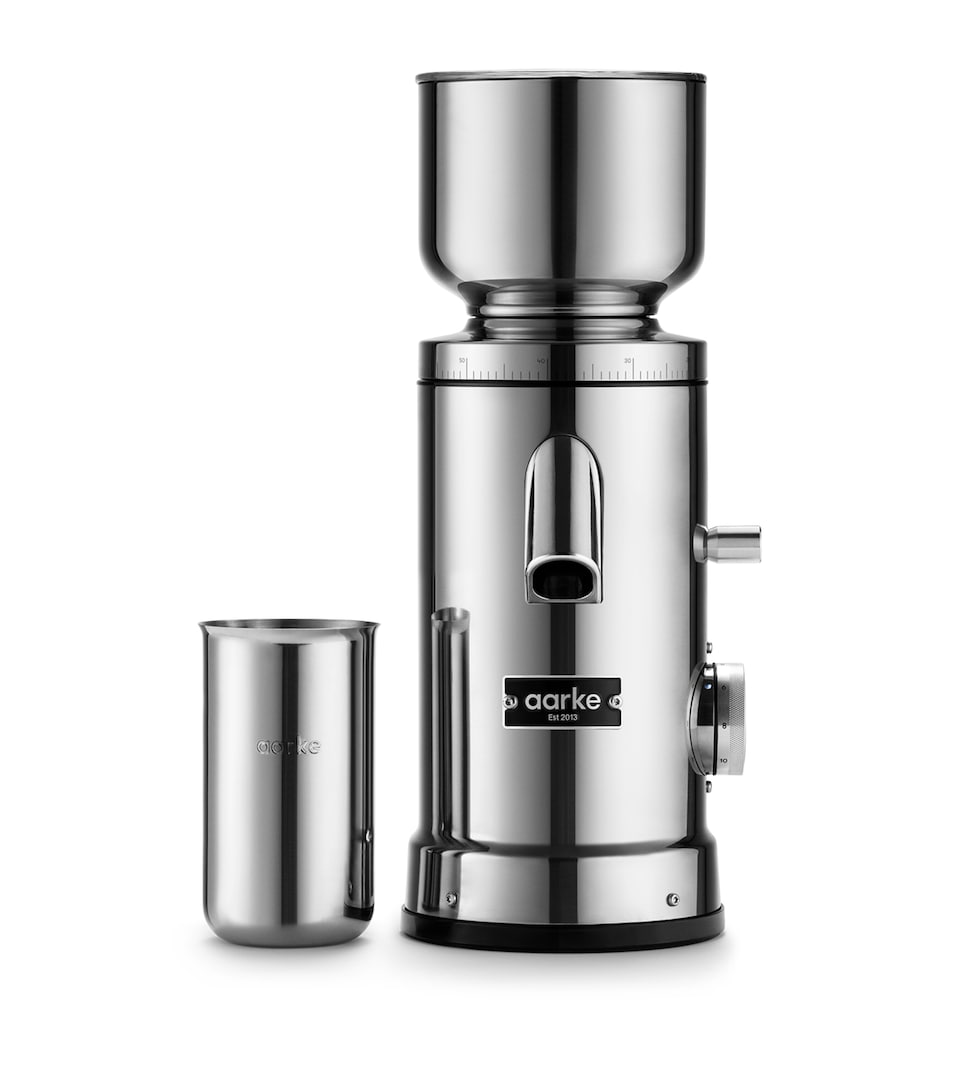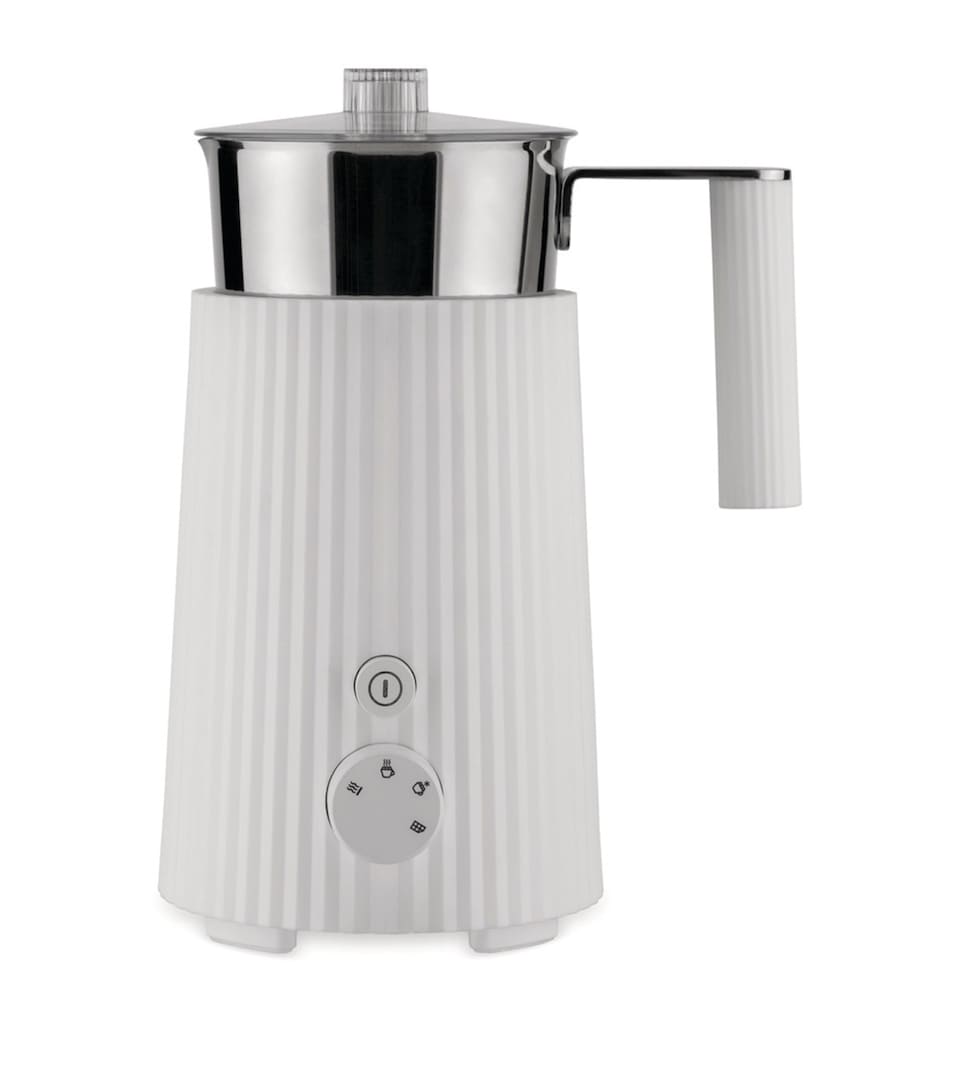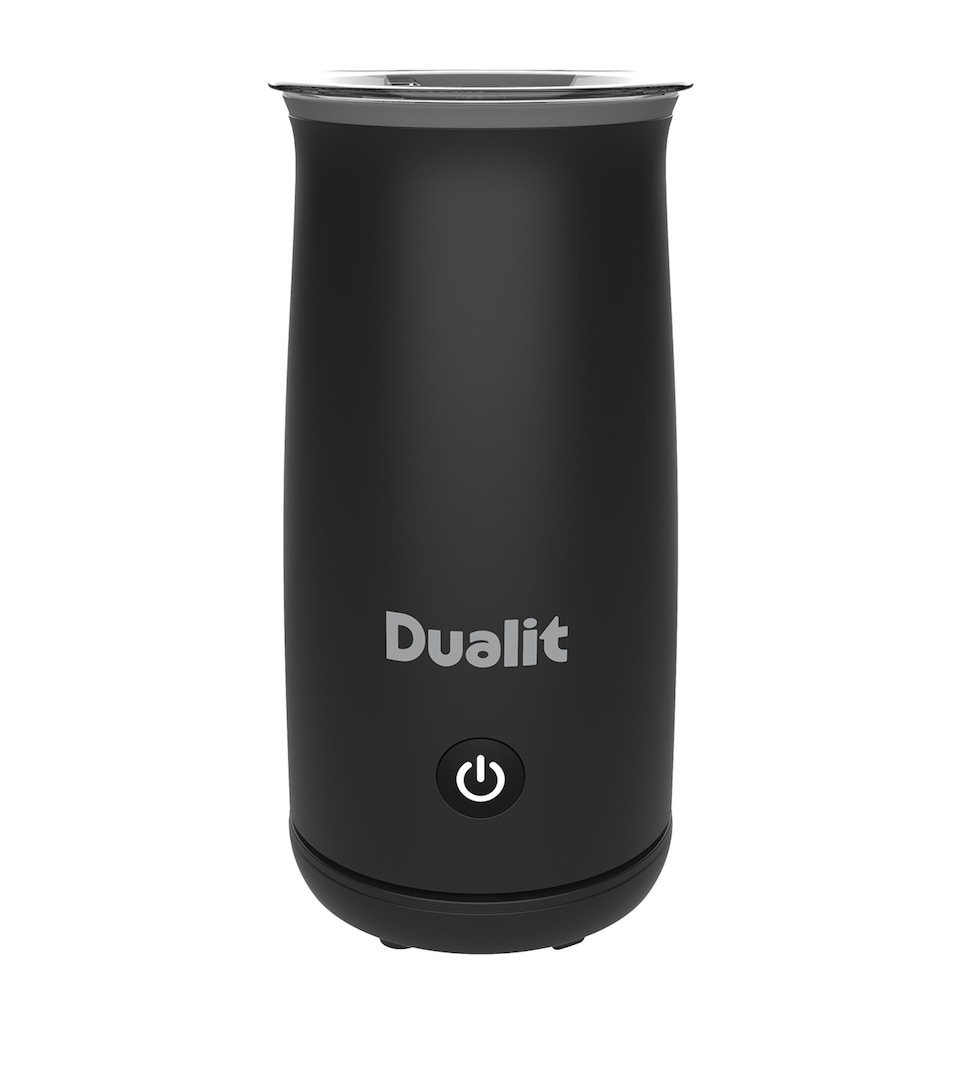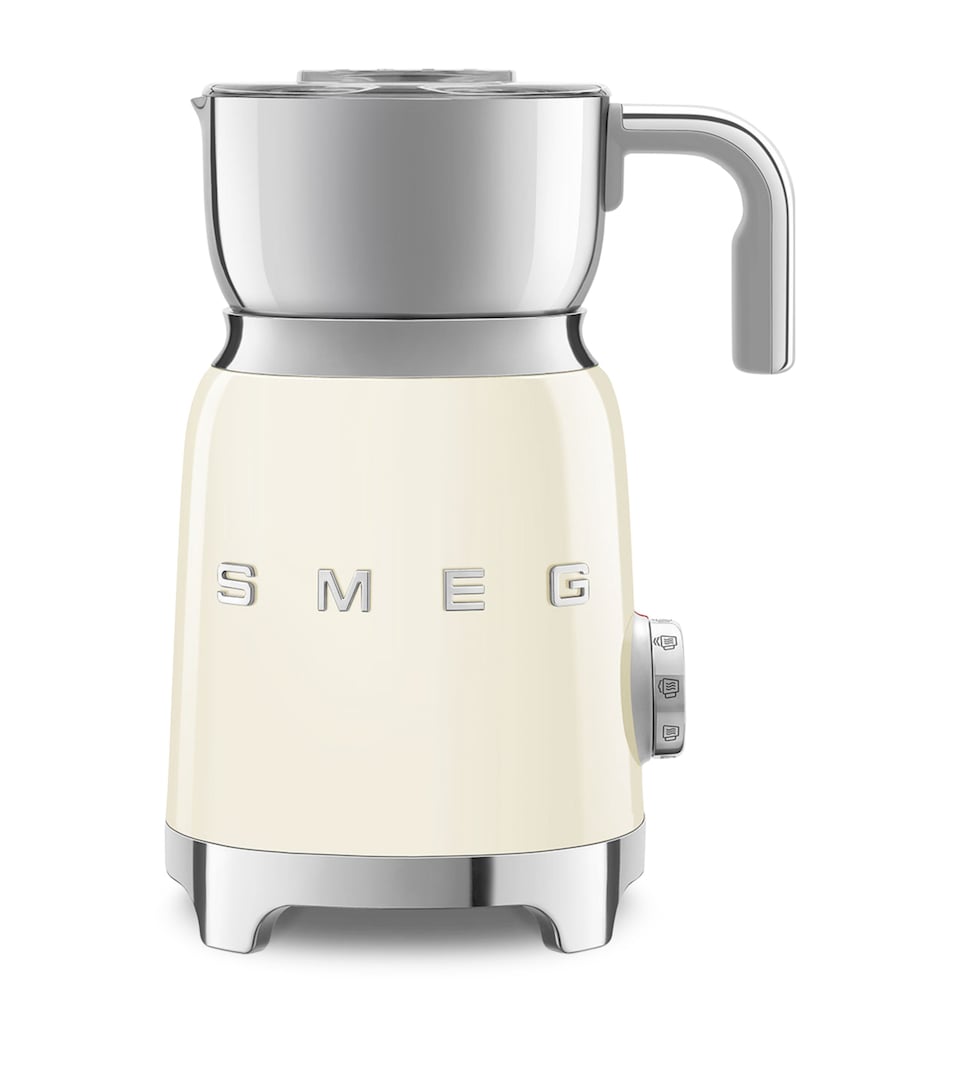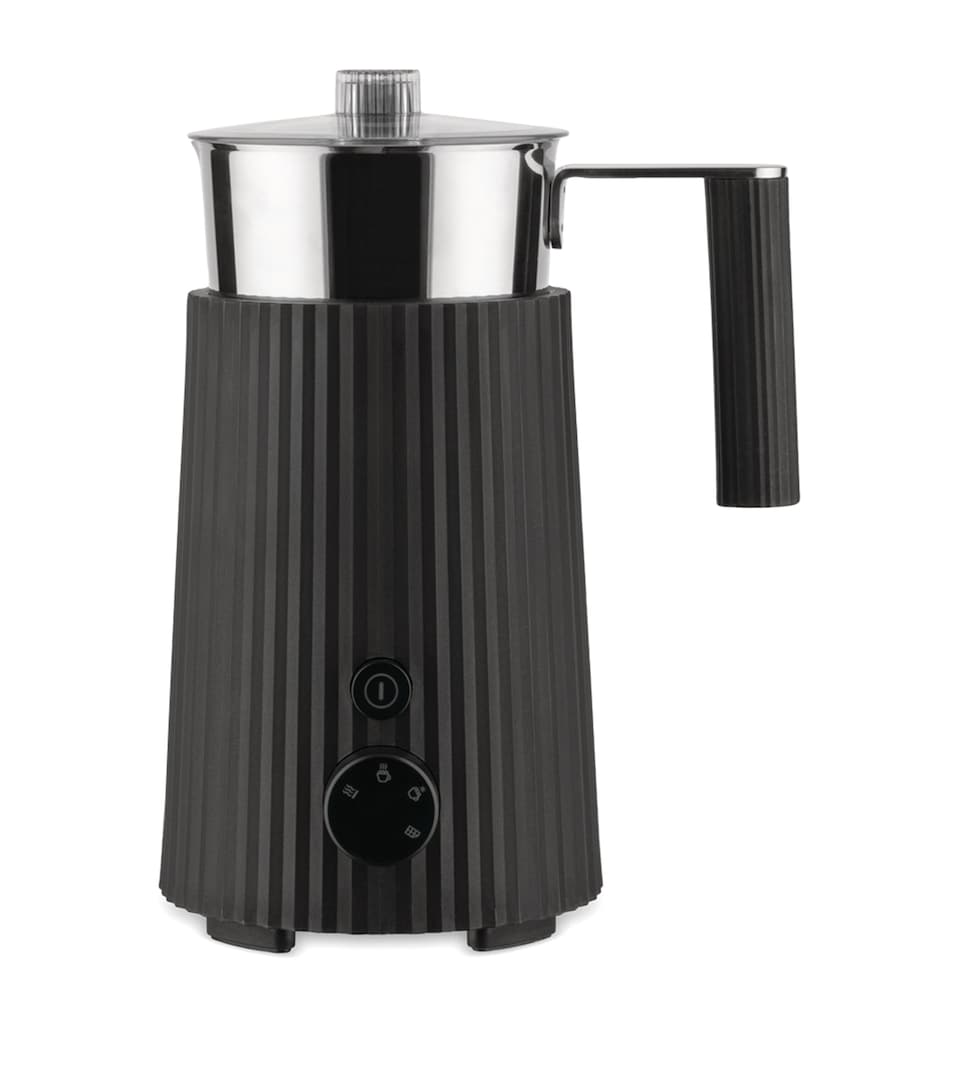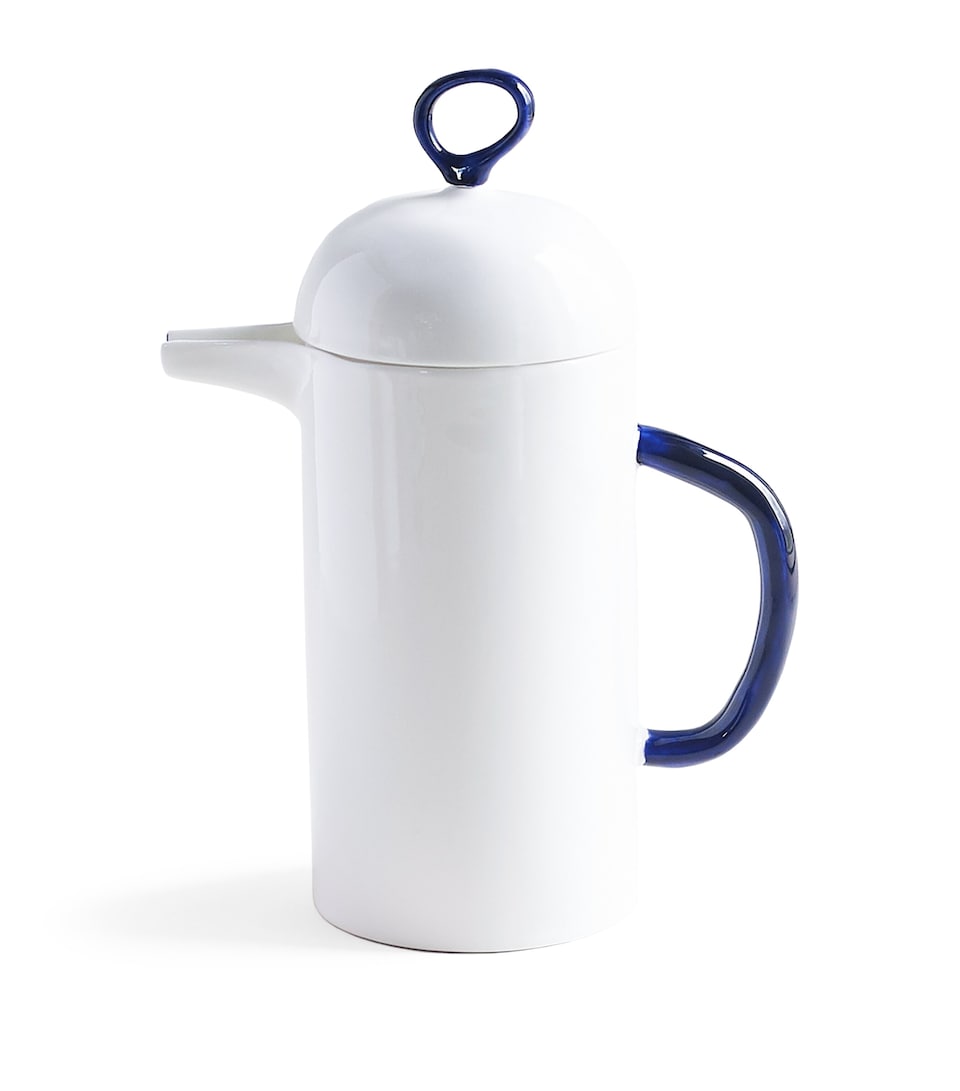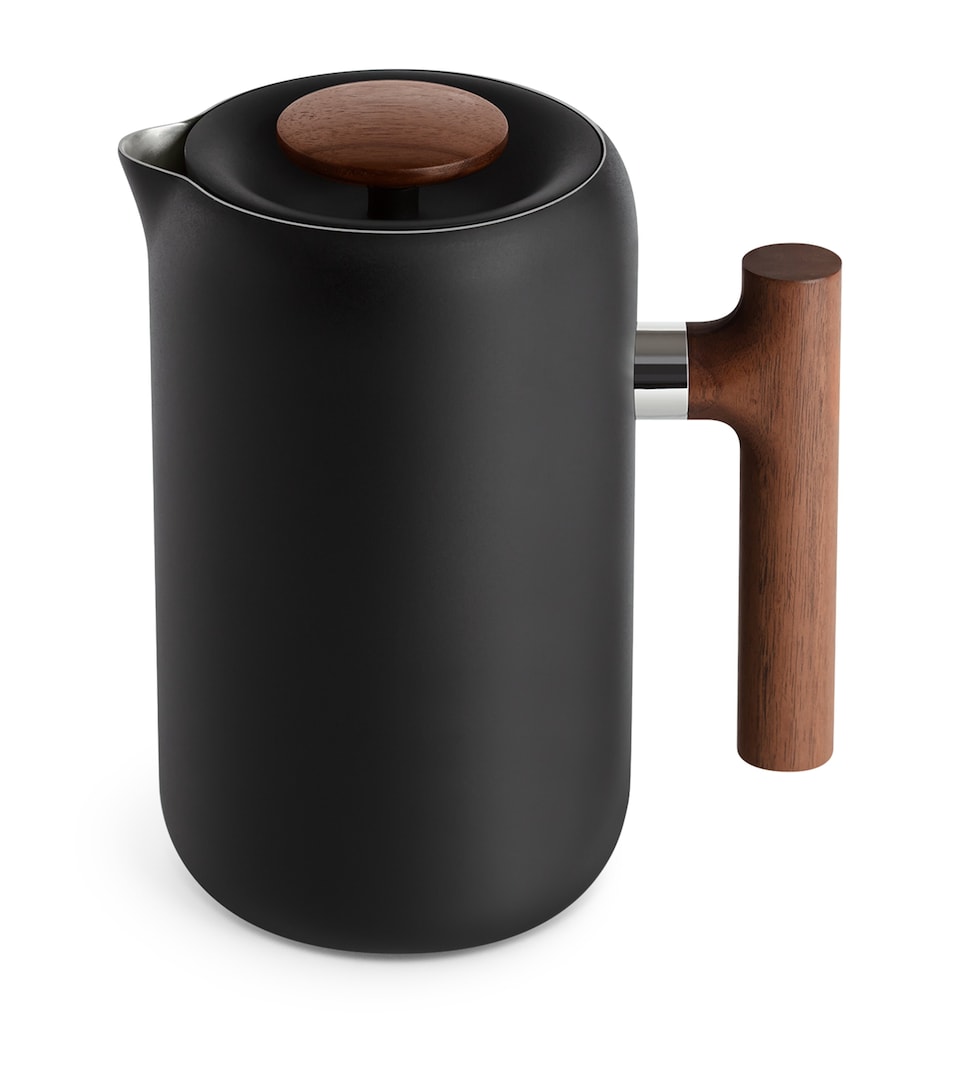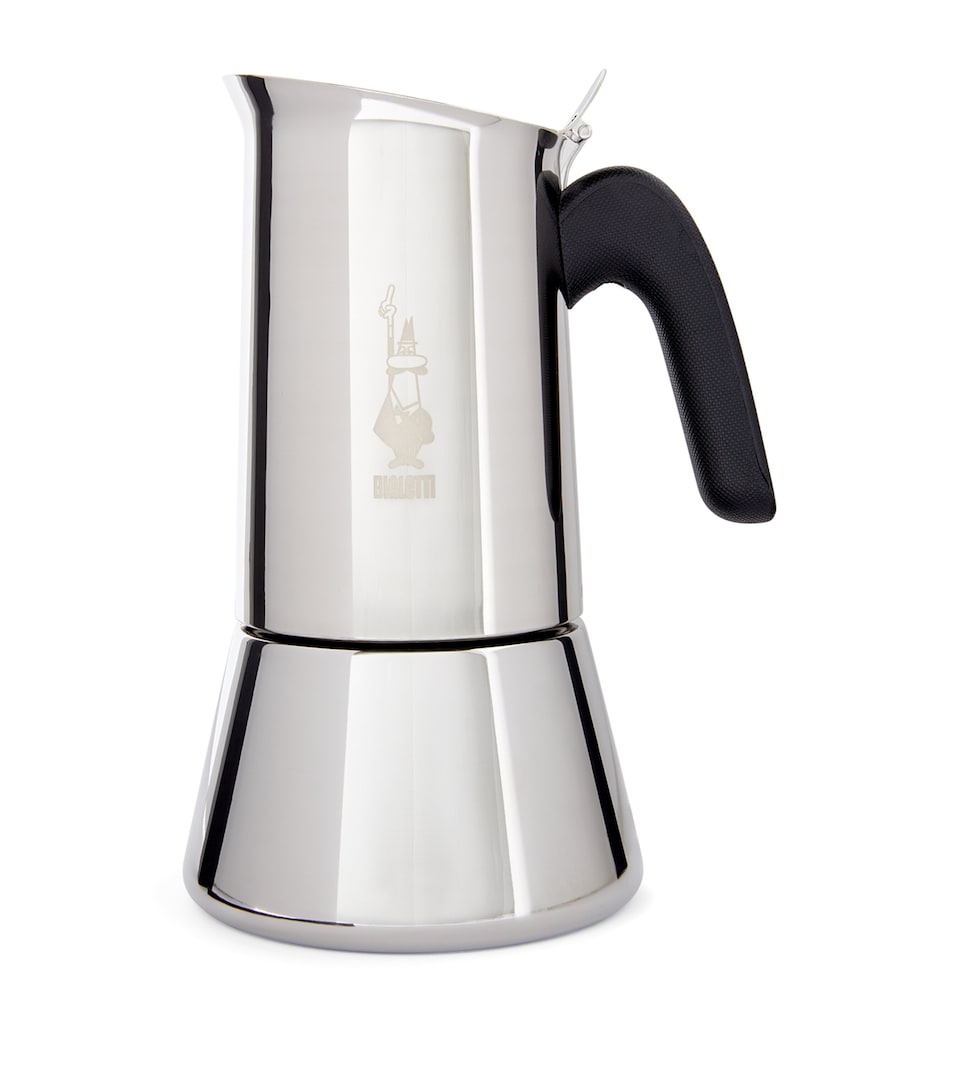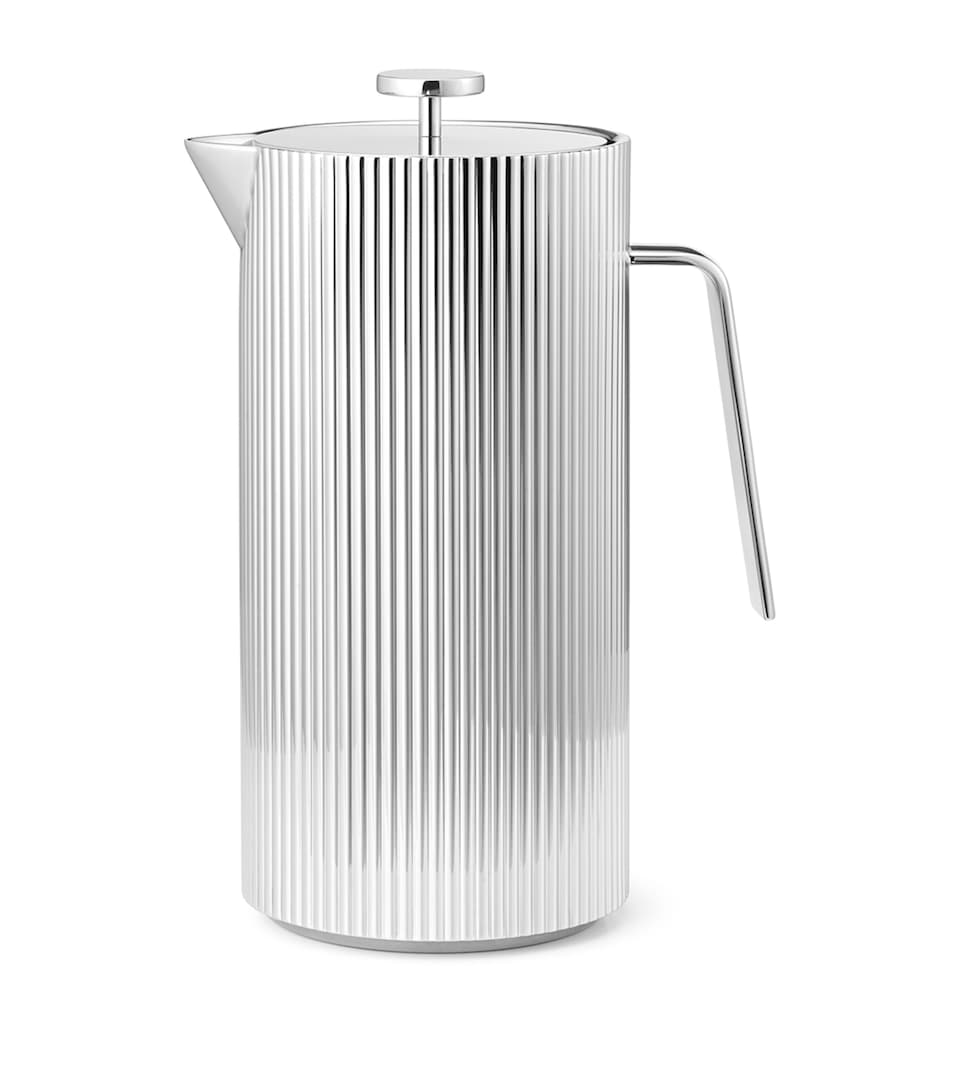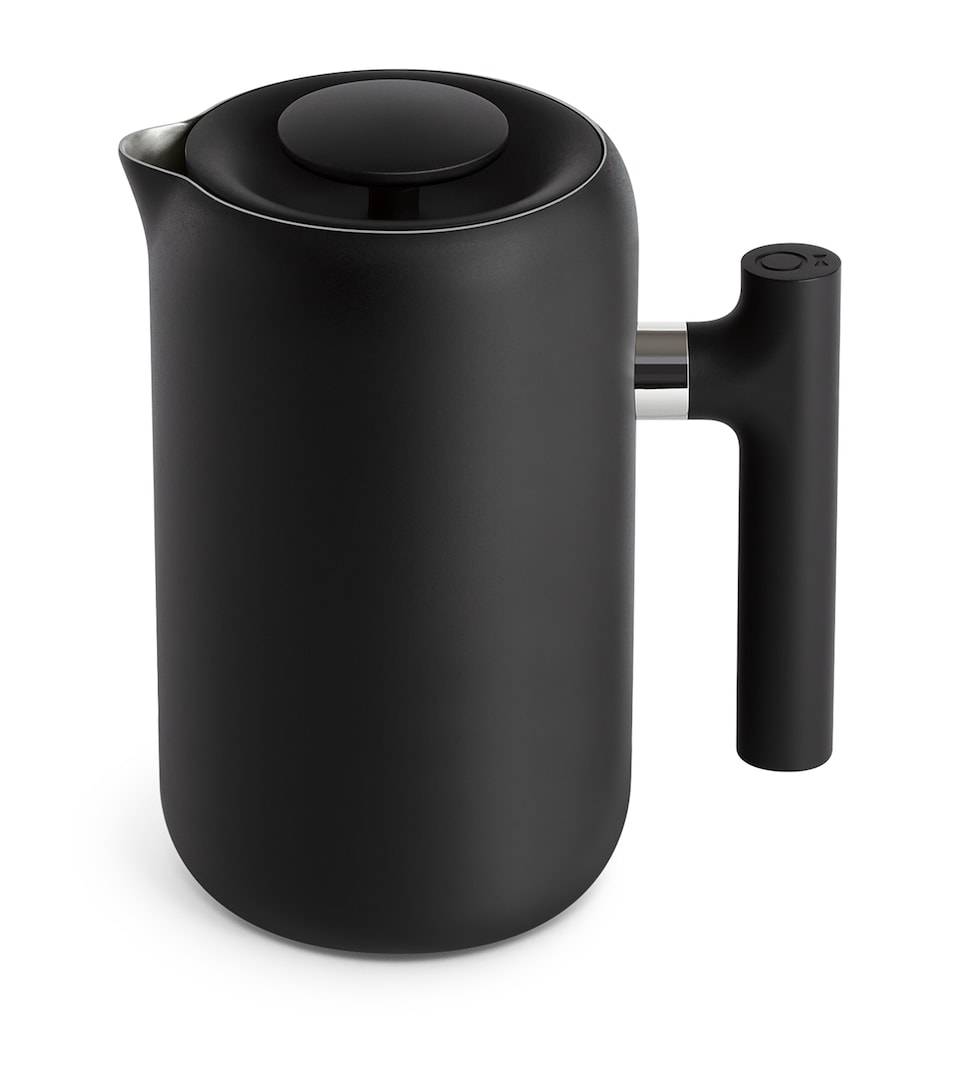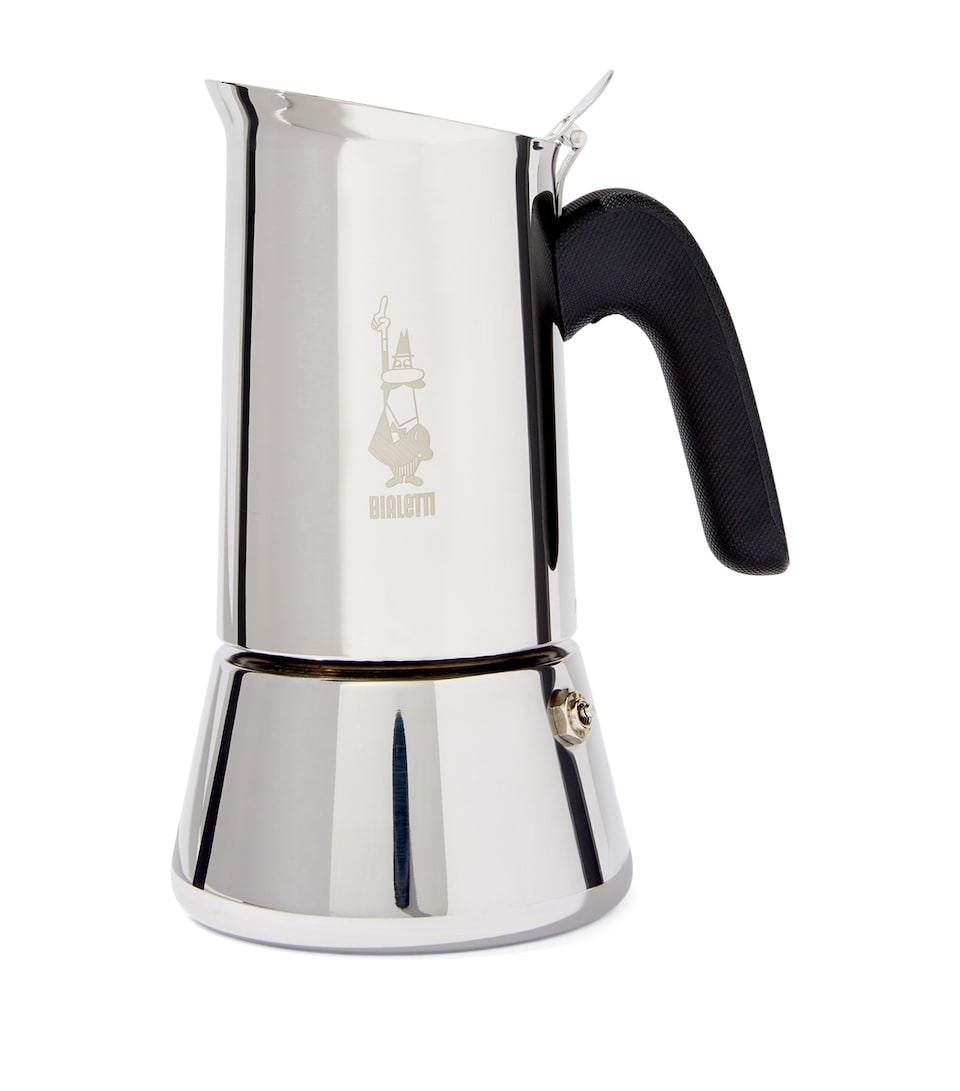
The Best Coffee Machines for Every Kind of Brew
Words by Emilie Dock and Bridie Newman
How to brew the perfect cup of coffee is a lesson we should all learn. Our coffee guide covers the basics on beans and serves, then it’s time to invest in the right kit. Cue state-of-the-art espresso machines, precision filter brewers and latte-perfecting milk jugs. Or for the truly committed, all of the above. Here’s our buyers’ pick of the best coffee machines at Harrods.
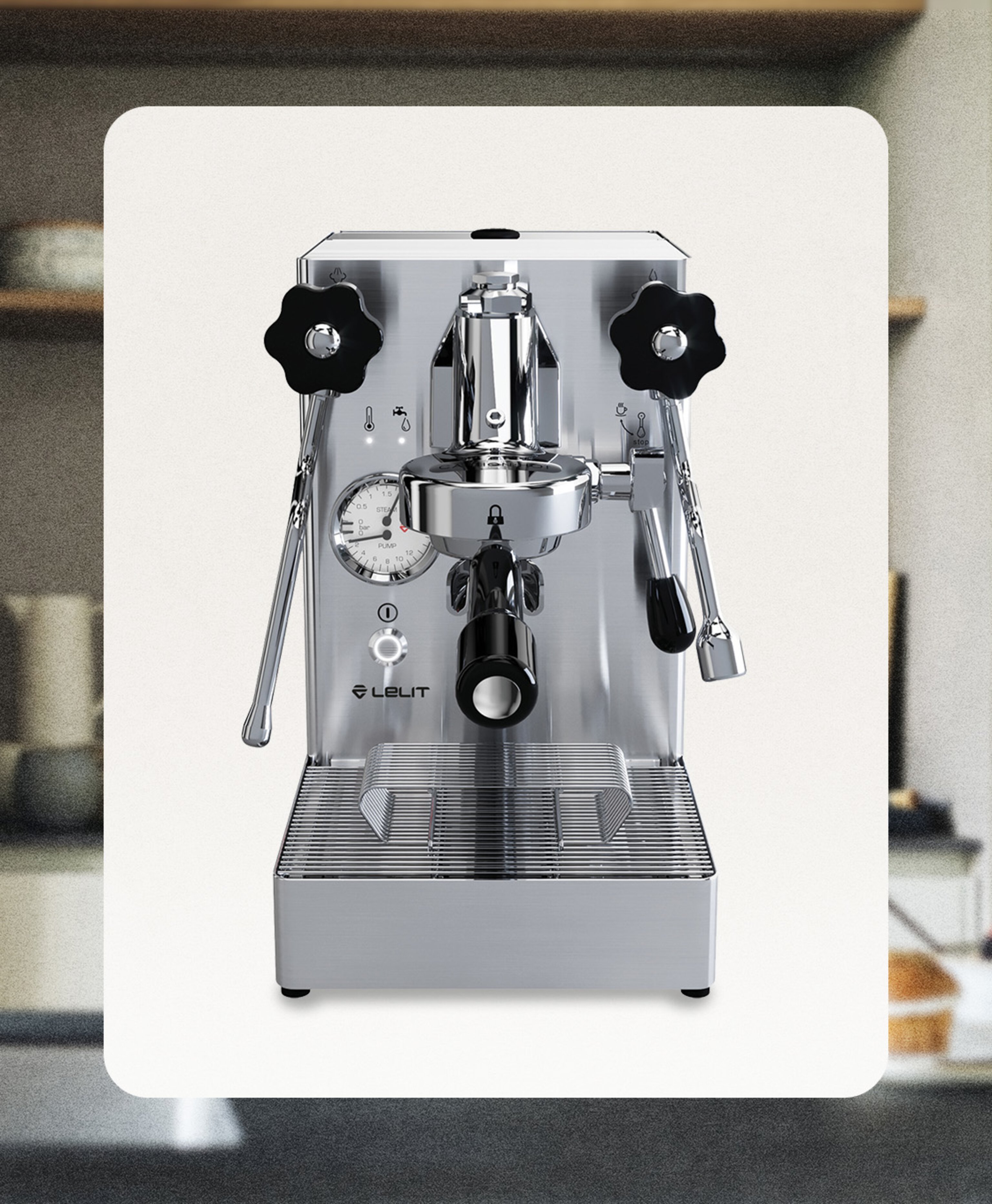
For Flawless Temperature Control
A compact machine with professional-grade features: music to the ears of any coffee enthusiast. The standout feature of Lelit’s MaraX is its automatic temperature control system which, unlike most heat exchange espresso machines, doesn’t require cooling flushes before each shot, making it easier to use. Thanks to its smart thermal management, it also heats up faster than many traditional espresso machines, in around 24 minutes.

For Café-Quality Espresso at Home
Small but mighty, this retro-style machine is La Marzocco’s first foray beyond the professional sphere – its machines are used by baristas around the world, including in our Harrods Café. Complete with a three-in-one convertible portafilter and app connectivity, it can be set to heat in time for your morning cup.
For Freshly Roasted Coffee Beans

For Your Early Morning Cup
Swerve the coffee-shop queues by making barista-level cups at home with this easy, one-touch machine. Engineered for ease, this sleek machine simplifies your day with self-cleaning features and intuitive controls. It’s also certified by Quiet Mark as one of the most discreet in its category, making it ideal for 6am starts that don’t wake the whole house.

For the Daily Grind
You know the drill: freshly ground coffee yields a more flavourful cup. You also need to get the right grind size for your brewing method. Used in low-volume cafés, this professional grinder will do just that. With an intuitive touchscreen, select your grind mode by time and weight, and you’re off.
For Precision Bean Grinding

For Strong, Black Coffee
Nine out of 10 Italian homes own a moka pot, with good reason. The stovetop brewer makes espresso-quality coffee without the need for big, fancy equipment. Designed in collaboration with Dolce & Gabbana, this limited-edition Bialetti option makes an artful addition to your kitchen.

For Latte Art
Hit the sweet spot for perfectly texturised milk (between 65°C and 70°C) every time with Sage’s clever milk jug with a built-in thermometer and indicator strip. Its precision spout is ideal for practising your latte art, too.
For Perfectly Frothed Milk

For Cold-Brew Coffee to Go
Make your own refreshing cold brews on ice thanks to this machine’s cold extraction process, engineered to draw out all the flavour nuances of your favourite beans – without any bitterness. Enjoy both hot and cold speciality coffees at the touch of a button.

For Easy Coffee, and Lots of It
If you aren’t too worried about customising your coffee and just want multiple delicious serves, this stylish filter brewer from Smeg will more than meet your needs. It holds the equivalent of 10 cups and has an auto-start and keep-warm function – ideal for busy, caffeine-dependent households.
For Achieving Full-Bodied Flavour Manually
Frequently Asked Questions
A light roast sees less heat than a dark roast, meaning you’ll be able to taste all the subtle nuances of good-quality beans – notes of rosehip, jasmine or blueberry, for instance. Dark roasts are more single-note in flavour, and the pressure on the beans means they release more oils, producing a thicker or more full-bodied cup – usually reserved for lower-quality beans. As ever, choosing your roast is a question of taste.
Your brewing method should determine which coffee grind to use; it’s all about how long the coffee will be in contact with the water. For a full-immersion brewer such as a French press, where the coffee will sit in the water for a few minutes, you need a coarser grind. For an espresso machine, or even a V60, where the coffee will only come into contact while it’s passing through it, you should use a fine grind.
The water you use to brew your coffee can have a huge impact on its flavour. The Specialty Coffee Association recommends using water that measures 120ppm–150ppm [parts per million, aka how ‘hard’ it is]. Tricky, seeing as tap water in London can have as much as 330ppm… Try brewing your next coffee with mineral water; you’ll easily taste the difference.
Brew coffee with water over 95°C and you’ll extract too much bitterness; under 87°C and you won’t pull out all the individual flavours. Water that’s been off the boil for a minute should do, or you can eliminate the guesswork with a precision brewer.
For optimum coffee drinking, you want to be using your beans within two weeks of them being roasted. If you’ve bought more than you can drink, pack them into small portions and pop them in the freezer. Otherwise, store them in an airtight vessel in a cool, dark place.
Crema is that tan-coloured foam that appears on top of a freshly pulled espresso. It’s formed when tiny bubbles of C02 combine with coffee oils. To achieve it at home, you’ll need an espresso machine, as it requires a good grinder and intense pressure.
You can use a French press to pump hot milk until frothy, or you can get an electric frother. For latte art, use a professional steam wand which allows you to ‘stretch’ or ‘texturise’ milk to create microfoam, which you can use to draw patterns on your coffee.
Related Stories

